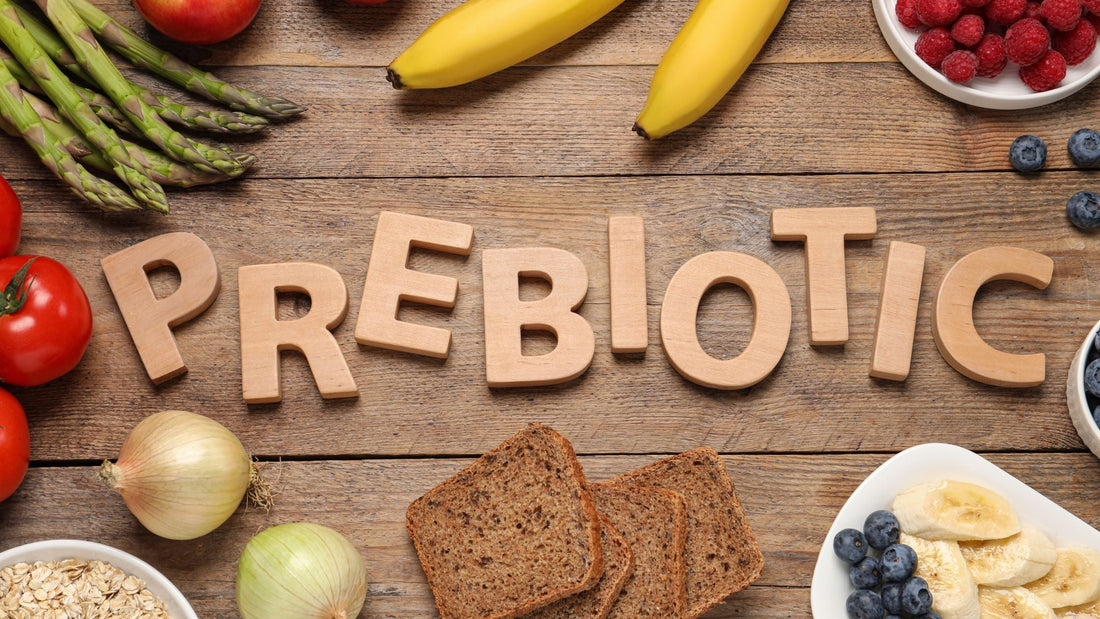
Are prebiotics safe for babies? What parents should know
Share
Prebiotics are everywhere in parenting conversations — often mentioned alongside probiotics, gut health, and immunity. If you’re wondering whether prebiotics are safe for babies, how they work, and how to include them sensibly in your baby's diet, this guide explains the basics in plain language. We’ll cover what prebiotics are, how they differ from probiotics, age and safety guidance, and gentle ways to introduce prebiotic-containing foods. (If your child has medical conditions or severe food sensitivities, please consult your paediatrician first.)
What are prebiotics? A simple explanation
The “food for good bacteria” concept
Prebiotics are types of dietary fibres (e.g., certain oligosaccharides) that feed beneficial bacteria already in the gut. Unlike probiotics (which add bacteria), prebiotics help the friendly microbes grow and do their jobs — supporting digestion and stool regularity. In foods and snacks, prebiotics are used in low, gentle amounts appropriate for children.
Prebiotics vs probiotics — what’s the difference?
-
Prebiotics: Non-digestible fibres that feed gut bacteria.
-
Probiotics: Live bacteria strains that temporarily join the gut.
Both can support gut health, but they work differently. For toddlers, food-based prebiotics (in small amounts) are often a gentle starting place.

Are prebiotics safe for babies? Age & safety guidance
-
Under 6 months: Exclusive breastmilk/formula is recommended — avoid added pre/probiotic supplements unless advised by a paediatrician.
-
6–12 months: Many solid-food parents introduce small amounts of foods with natural prebiotics (banana, oats) and, in some products, modest prebiotic additions; observe tolerance.
-
12+ months: Most toddlers tolerate modest prebiotic amounts well, but always introduce slowly and watch for increased gas or loose stools.
Note: If your baby has digestive conditions, always check with a paediatrician.
How to include prebiotics through food & snacks
-
Whole foods: bananas, oats, apples (in moderate amounts).
-
Fortified snacks (like Smoothie Melts): can provide a measured, food-style dose of prebiotic fibres intended for toddlers.
-
Serving tips: introduce one new prebiotic snack once or twice a week at first, observe for tolerance, and offer with familiar foods.

Why we added prebiotics to Smoothie Melts (our approach)
At SG Homemade we added a gentle, food-grade prebiotic in small, age-appropriate amounts — to support normal digestion in toddlers, not to treat medical issues. Our Smoothie Melts are dairy-free, sugar-free, and developed for texture and taste that little mouths enjoy.
Practical dos & don’ts
-
Do start slowly; offer with water/meal.
-
Do keep portions small for under-2s.
-
Don’t use prebiotic-fortified foods as a primary treatment for constipation or other medical issues. Consult your paediatrician if concerned.
If you’re curious to try a small, measured taste-test, order the Smoothie Melts Single Pack.
